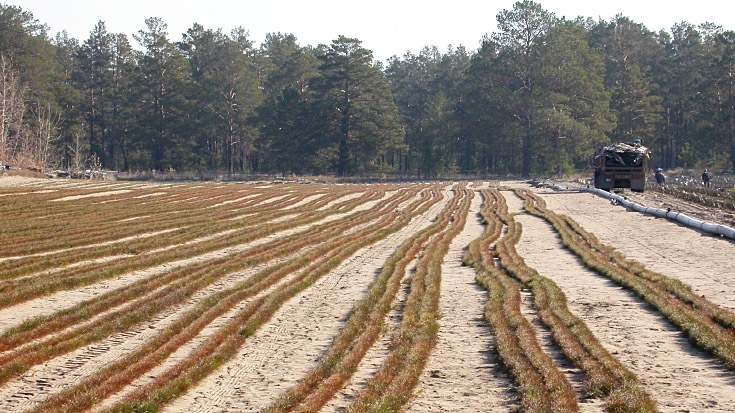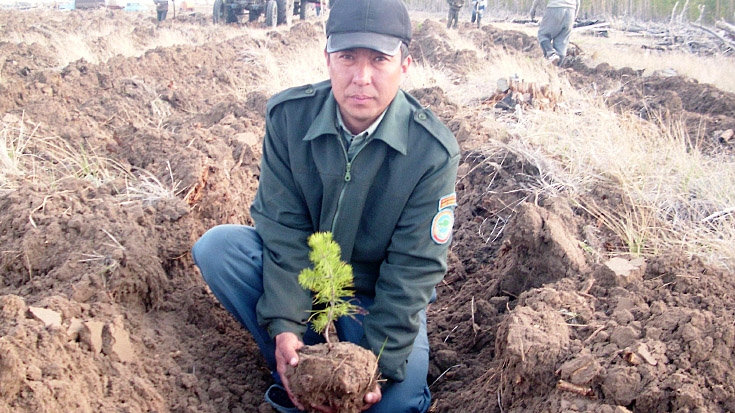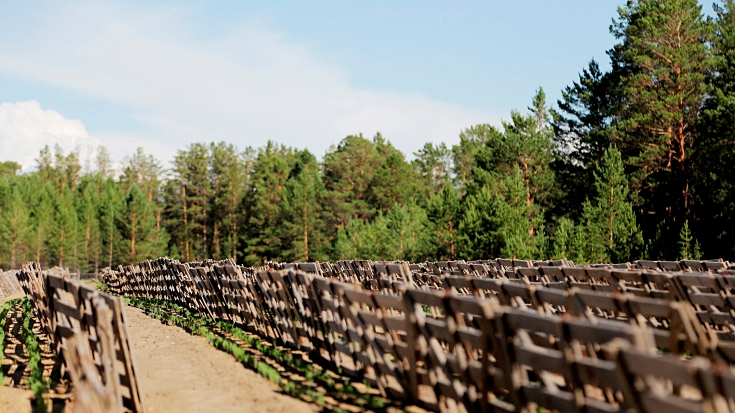Kazakhstan is blessed by vast but fragile spaces. The country is ninth in terms of total size, and though it boasts the third largest forest area in Europe and Central Asia, trees make up less than five percent of the overall landscape.
That’s why the saplings, seed laboratories and firefighters in Semey, Kazakhstan, are so important. Semey, in the eastern part of the country, sits next to the Irtysh Pine Forest, nearly 700,000 hectares of fragile, yet important, land.
“The biggest part of this project is the money spent on new firefighting equipment, to cut down on illegal logging, and to detect lightning strikes,” says Murat Baimukhametov, who is working with the World Bank to help re-plant and restore the forest.
Protecting the Forest with a Computer Screen
The most revolutionary part of the project moves fire detection from the casual glance to a state-of-the-art computer system. Technicians now monitor the forest via computer, looking for lightning strikes, smoke, or any activity out of the ordinary. The system relies on a series of cameras mounted on watchtowers and sprinkled throughout the forest.
What it means is that firefighters can respond to trouble with greater speed and accuracy than in the recent past, explains Vladimir Kurmangaliyev, who works at the forestry fire station. “The new equipment allows us to move more quickly, and once we get to the fire, we can deploy faster.”



